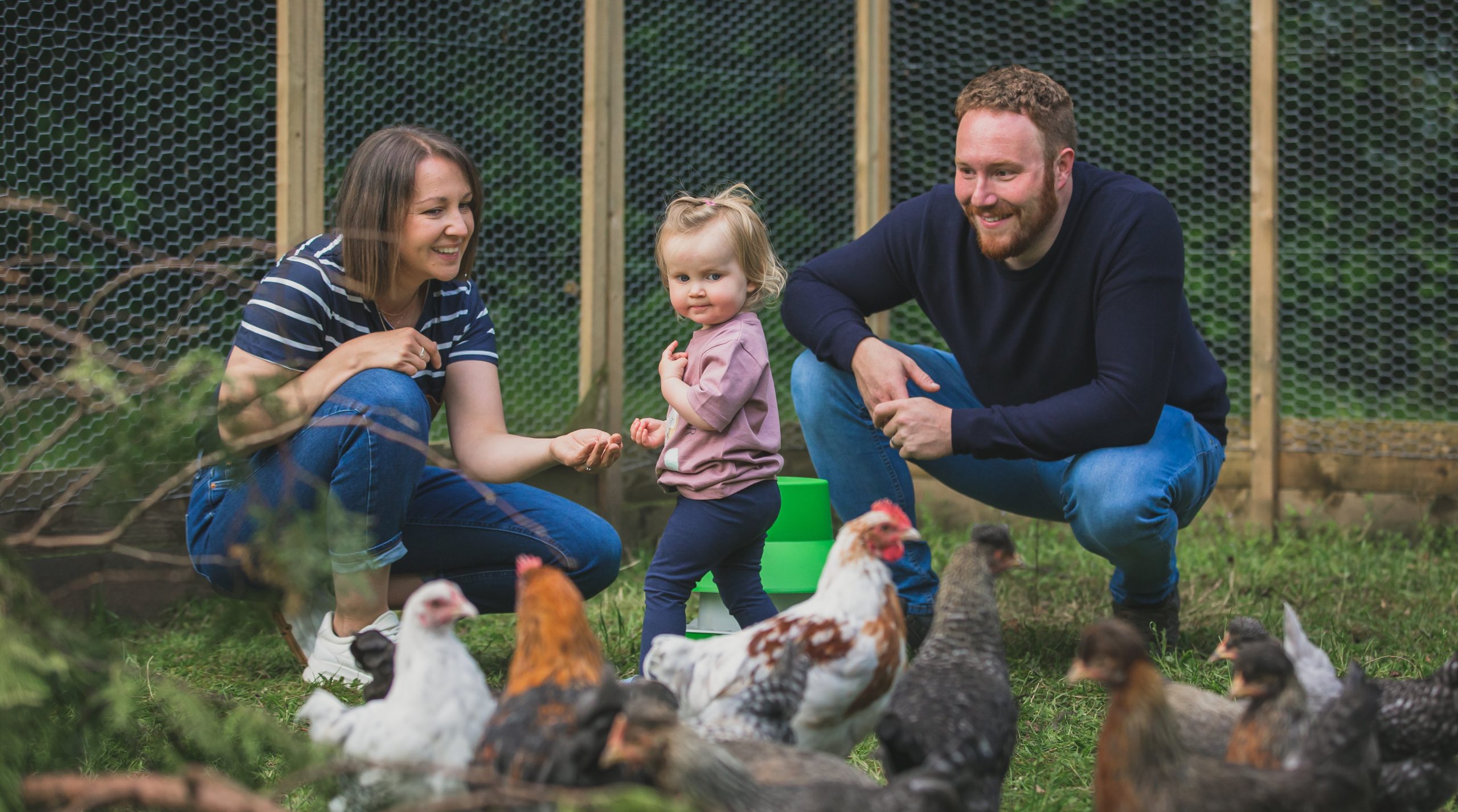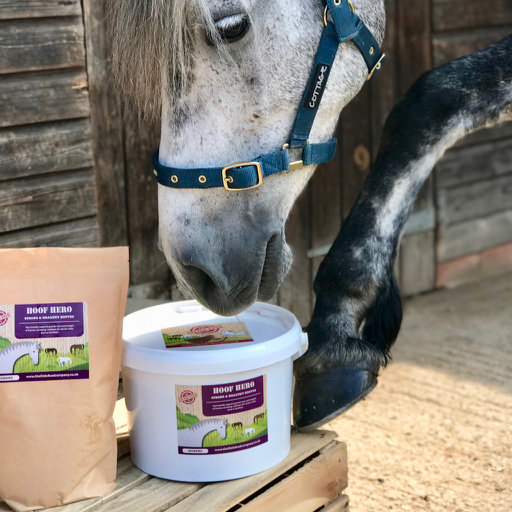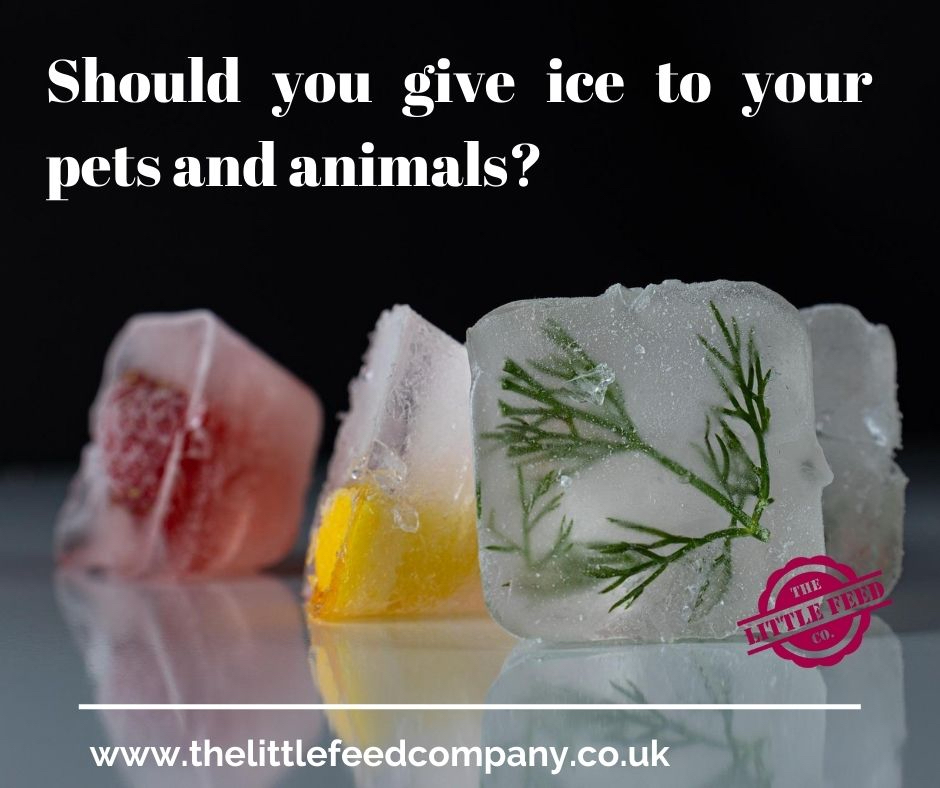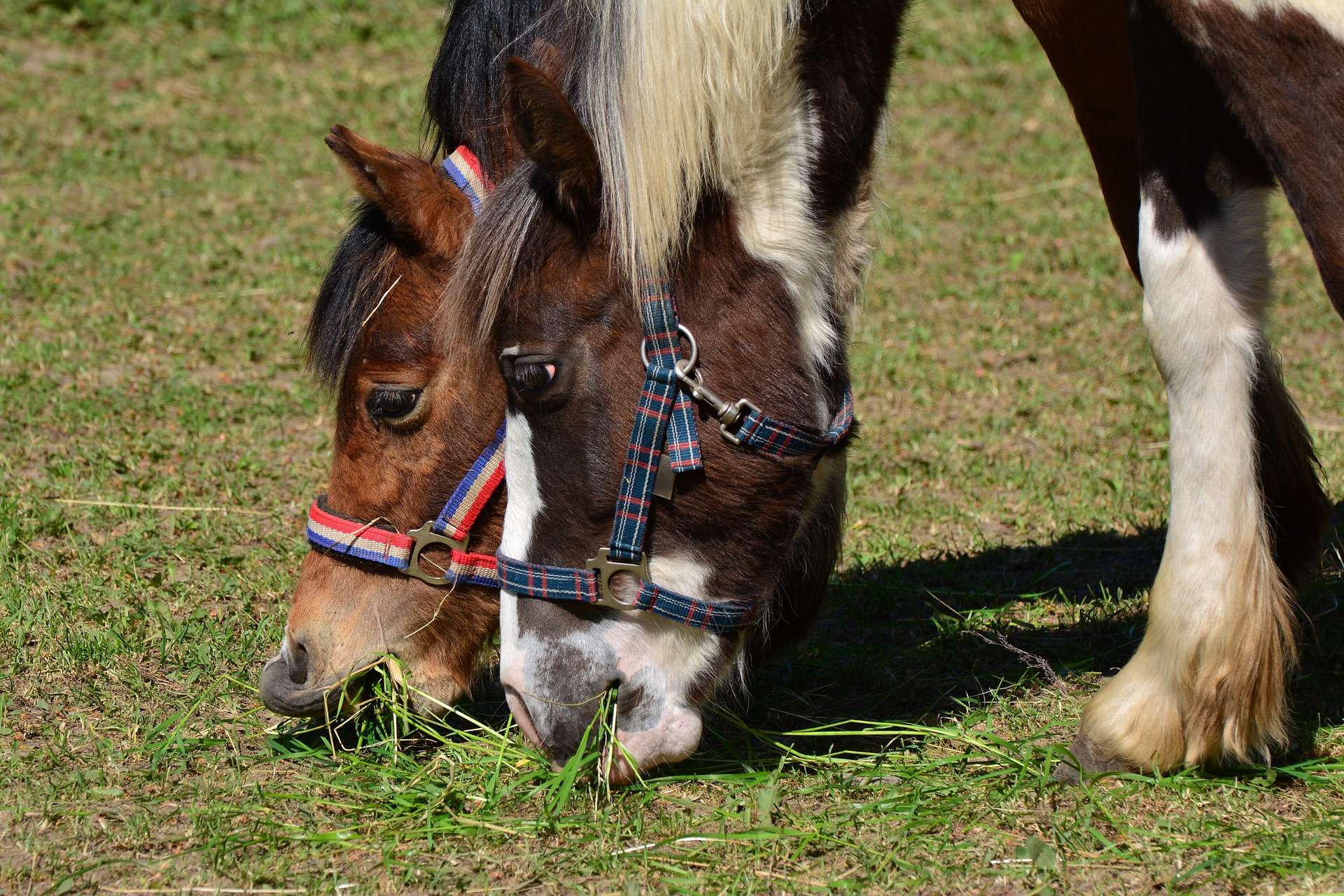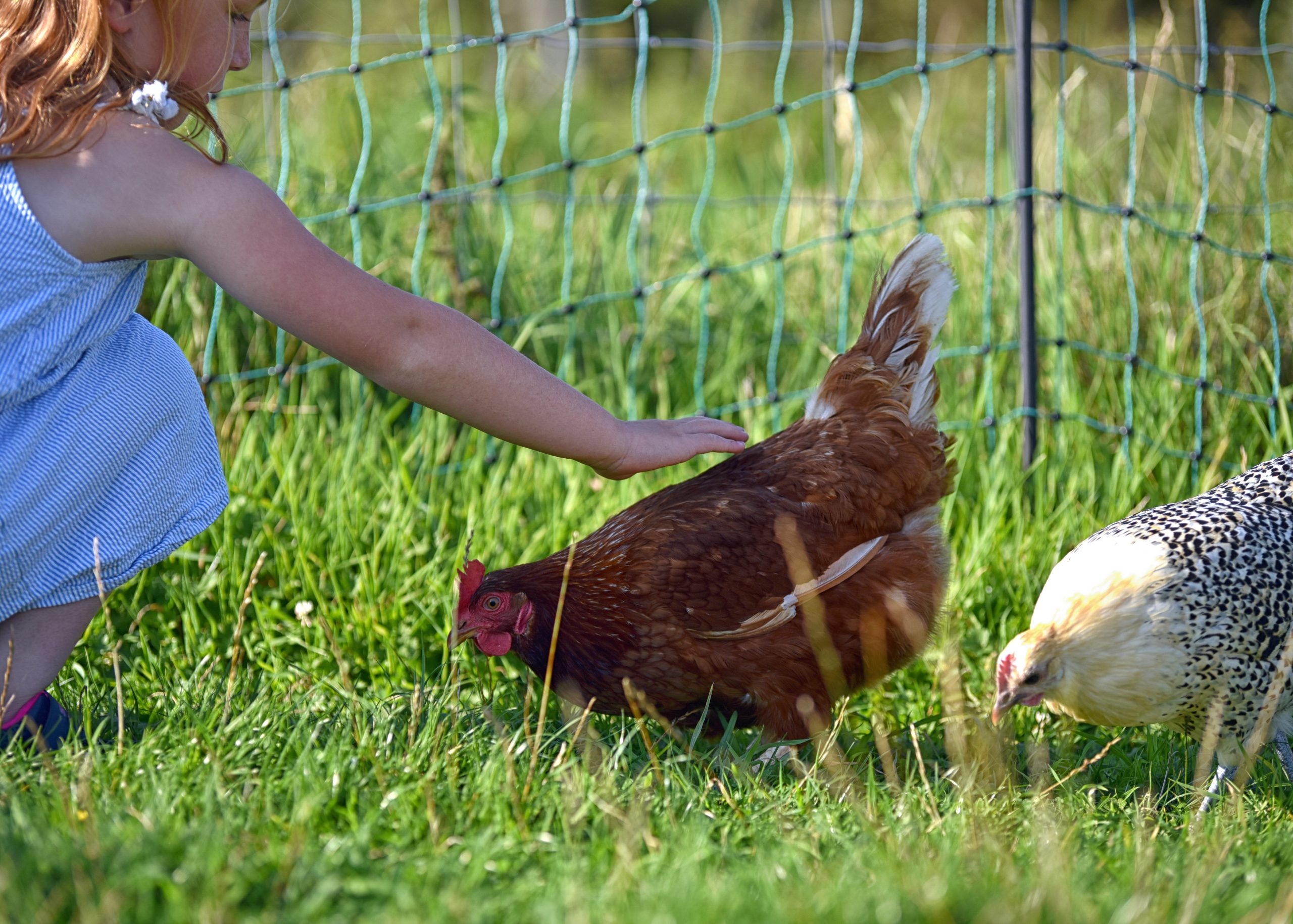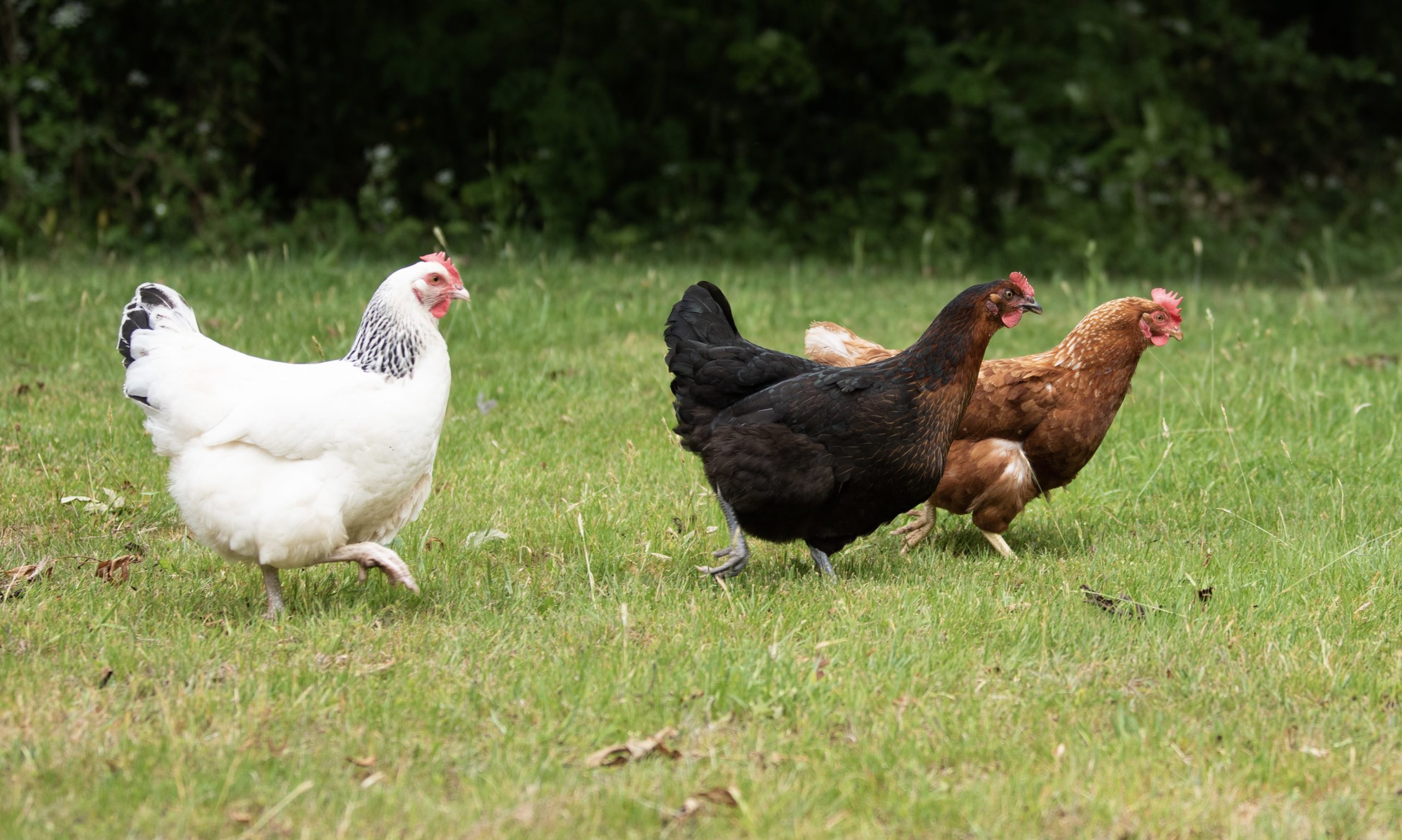
Where do you live?
We are lucky enough to live in a village just outside of Exeter, Devon not far from where I grew up. I come from a huge family and have a lot of siblings but at home it’s my husband and I, our two boys Oscar,4, and Ollie,2, our two rescue cocker spaniels – Izzy and Millie and the chooks who are all named after Downton Abbey characters!
How many chickens do you have?
If you ask my husband how many chickens we have he would say too many! Occasionally he does have a point as last summer we had a lot of fun buying in some hatching eggs to hatch under our broodies and ended up with over 20 chicks. In our in our garden that was rather a lot! We found them all lovely homes and we are now down to 6 Pekin Bantams who I adore. They are such characters and although at the moment due to flock down I can’t watch them pottering around the garden I have their covered run set up so I can watch them out of the kitchen window! I get a lot of joy from watching them scratching about and they are such gorgeous balls of fluff!
How did you get into keeping chickens?
When we were children my mum brought us each a hen so we ended up with a small garden flock. We went to a local Rare and Heritage breeds chicken breeder and came back with a beautiful selection. I chose a Salmon Faverolle who I called Muffin because of the feathery muffins on her cheeks. We also had a Welsummer, an Orpington, a Cochin, a Legbar, a random Light Sussex and a Maran. So, we had some beautiful eggs! From a young age I realised the delight of having a flock of hens and we even tried to teach them some tricks, although we weren’t overly successful! Over the years we also added Call Ducks into the mix and I can’t wait to have a big enough garden for them too!
Share your tips for anyone thinking of getting chickens…
When I started to think about getting our own flock of hens I had to considered the space we had and also knowing that one day they would have to get on well with our children. I am an avid gardener and grow a lot of cut flowers so I didn’t want the garden to be scratched to pieces and destroyed by larger breeds. therefore, I looked at smaller, less destructive birds and this led me to Pekin Bantams and it was love at first sight. Smaller and more compact than larger breeds but with huge personalities. Available in a huge range of colours and fluffy feet made them an easy choice. One of my first hens reminded me of ‘Nursey’ from the Disney film Robin Hood!
The second thing to think about is where they will live. Up until last year I had always used a wooden coop but changed to a plastic coop last summer and it has made life so much easier. It is much easier to treat the dreaded Red Mite which is something sadly all poultry keepers have to contend with at some point. Finally, with Flockdowns looking likely to be here for many winters to come, it’s making sure that you have enough space for all your hens all year round. We had enough space for all our hatched hens in the summer when they could be in the garden all day every day but not when it came to having to keep them under Flockdown restrictions. Roll on Flockdowns being a thing of the past!
What is your favourite breed of chicken and why?
As I’ve already mentioned, I love Pekin Bantams, they are like fluffy little tea pots and so friendly, but I also have a soft spot for Salmon Faverolles, with their gorgeous colour and fluffy faces.
Where can we find you on social media?
I mainly use Instagram because I love the community I have found on there and the people I have connected with. My page, @petalsandpekins reflects life in my garden and the allotment, the chickens aren’t allowed at the allotment but once flock down lifts they will free range again happily pottering amongst the flowers. Our garden was a paving slab jungle when we brought our house but over the last 5 years I have completely transformed it and in the process I have found a love of growing cut flowers. It has lead to me growing and arranging the flowers for three of my gorgeous siblings and there are still a potential 4 sibling weddings to go, this year however there isn’t so I can just have fun growing things I love and make me happy. Sitting in the garden, enjoying a coffee in the sunshine. Surrounded by the sight and smell of beautiful flowers with the chickens pottering around or coming up for cuddles is one of my favourite things to do!




